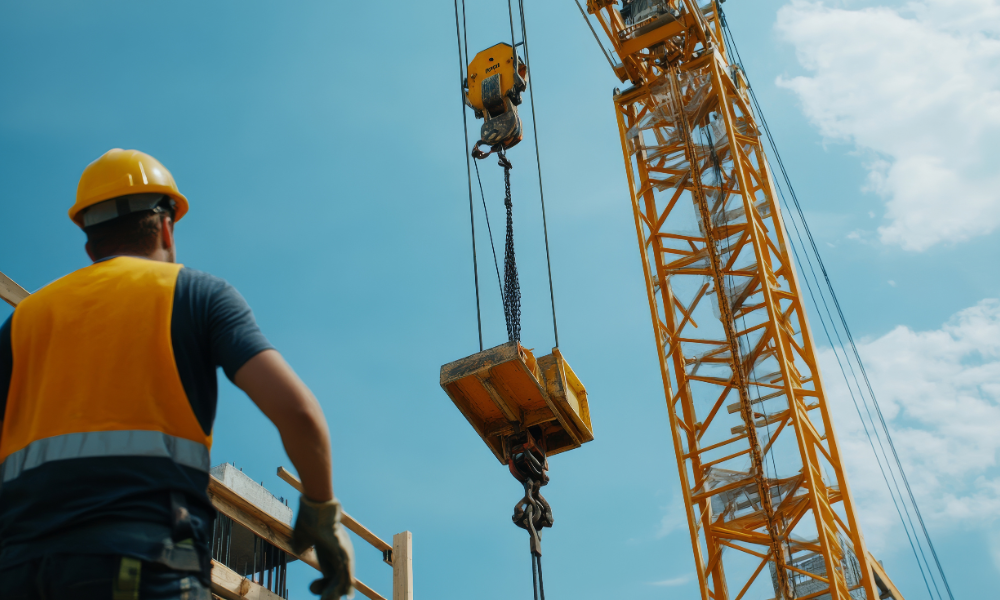How improving reporting tools can give companies a competitive advantage

Canadian safety leaders could be more effective in gathering and using data to make informed decisions, according to the road safety program manager with Amazon. “It's probably not being leveraged effectively,” says Janine Williams-Ward.
She is part of a road safety team responsible for Amazon's delivery operations for the entire European Union. Williams-Ward and her team leverage tools and data to support third party drivers in the safe delivery of orders to customers. Before taking on the role based in the United Kingdom, Williams-Ward was the head of safety with Amazon Logistics Canada, responsible for all Amazon employees and associates who help move packages from point A to point B.
At every step of the way, Williams-Ward has embraced Amazon’s insatiable desire to collect and utilize information. “If you don't know Amazon, we like data,” says Williams-Ward with a laugh, and the company certainly knows how to leverage it. For Williams-Ward, data collection is step one. Step two is putting it in action to improve safety.
Whether miles driven, incident rates, or problematic routes, “we’re able to slice and dice our data 50, 60, 70 different ways,” says Williams-Ward, “and we look at safety data every day.” Once she has the data, then action can be taken to correct an issue, implement a control method, or eliminate a hazard.
“That focus on safety, and the ability to get down to the nitty gritty data gives us a competitive advantage,” says Williams-Ward, “because we can then close corrective actions a lot faster, get people back into work… which obviously then helps us deliver faster.”
Williams-Ward will be discussing the topic of competitive intelligence at the Women in Safety Summit in March. She thinks Canada’s safety professionals could improve data collection and analysis to improve safety, which can provide advantages for their overall business objectives.
Williams-Ward says truly collecting and leveraging meaningful data means driving off the typical research routes. “We talk a lot about leading indicators and near misses and things like that, but we never really go beyond that. And it's important if you want to use safety as a competitive advantage to dig into those details.”
You don’t need Amazon’s computing power to dig a little deeper. Williams-Ward says smaller companies can mine for data with easy-to-use and inexpensive software programs, like SharePoint or Excel. “It's doable, but you just have to have to know what exactly it is you want to know and what is important to you, and then work from there.”
Williams-Ward uses the hypothetical example of a conveyor line, which can be hazardous, and says if people are getting hurt, there are many data points that can be looked at, that go beyond just the conveyor.
“Maybe it’s time to add an extra field to your incident reports. What side of the conveyor line were you on? What position along the conveyor line were you in? And we don't actually chase some of that data, which is what Amazon does.”
Williams-Ward says once you have the data, the analysis phase is equally important and she suggests taking time to thoroughly read it, self-reflect, and question it. “You're not questioning it to be mean, or because you don't believe the data. It's questioning to get to why did this actually happen…and what can we actually do about it.”
Adding those extra fields to reporting tools to gain even just a little bit more data “changes the name of the game,” according to Williams-Ward, and being at Amazon, she knows something about game-changers.





